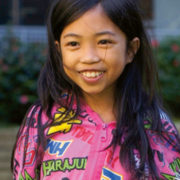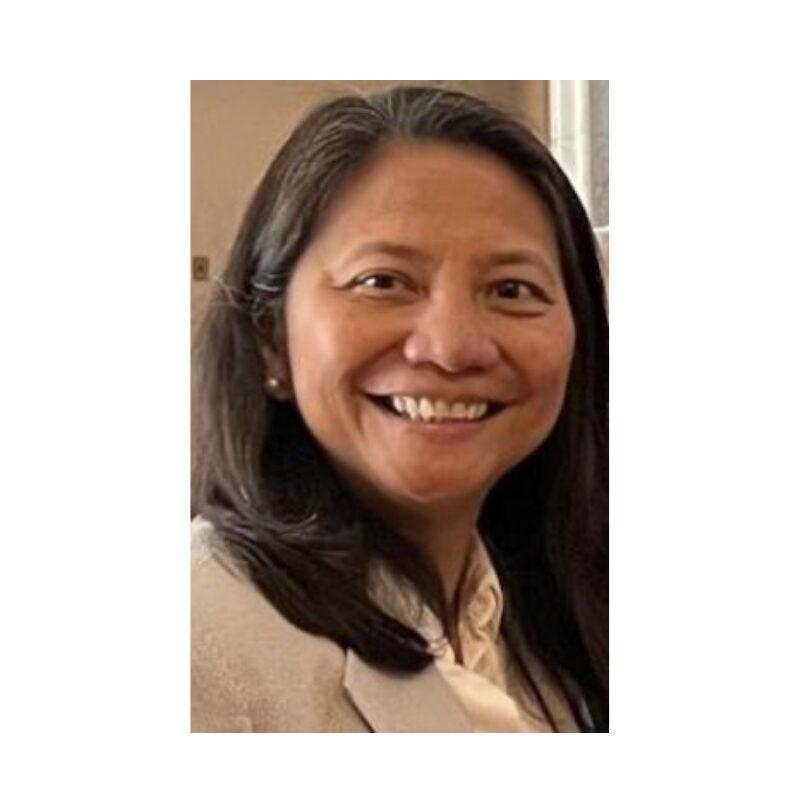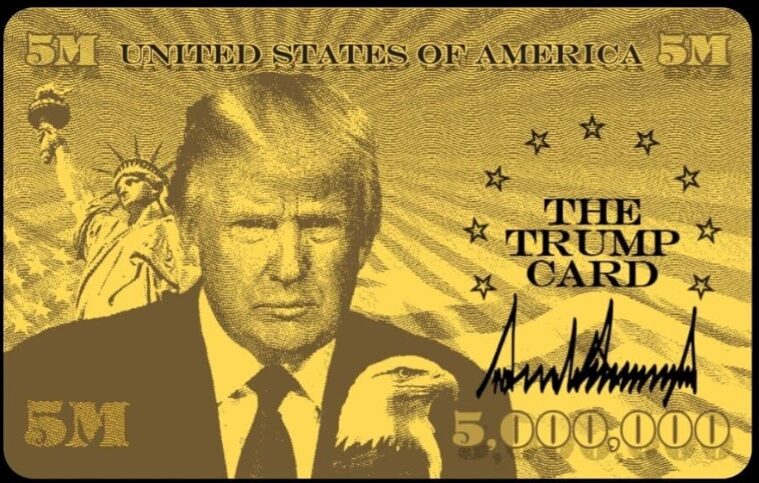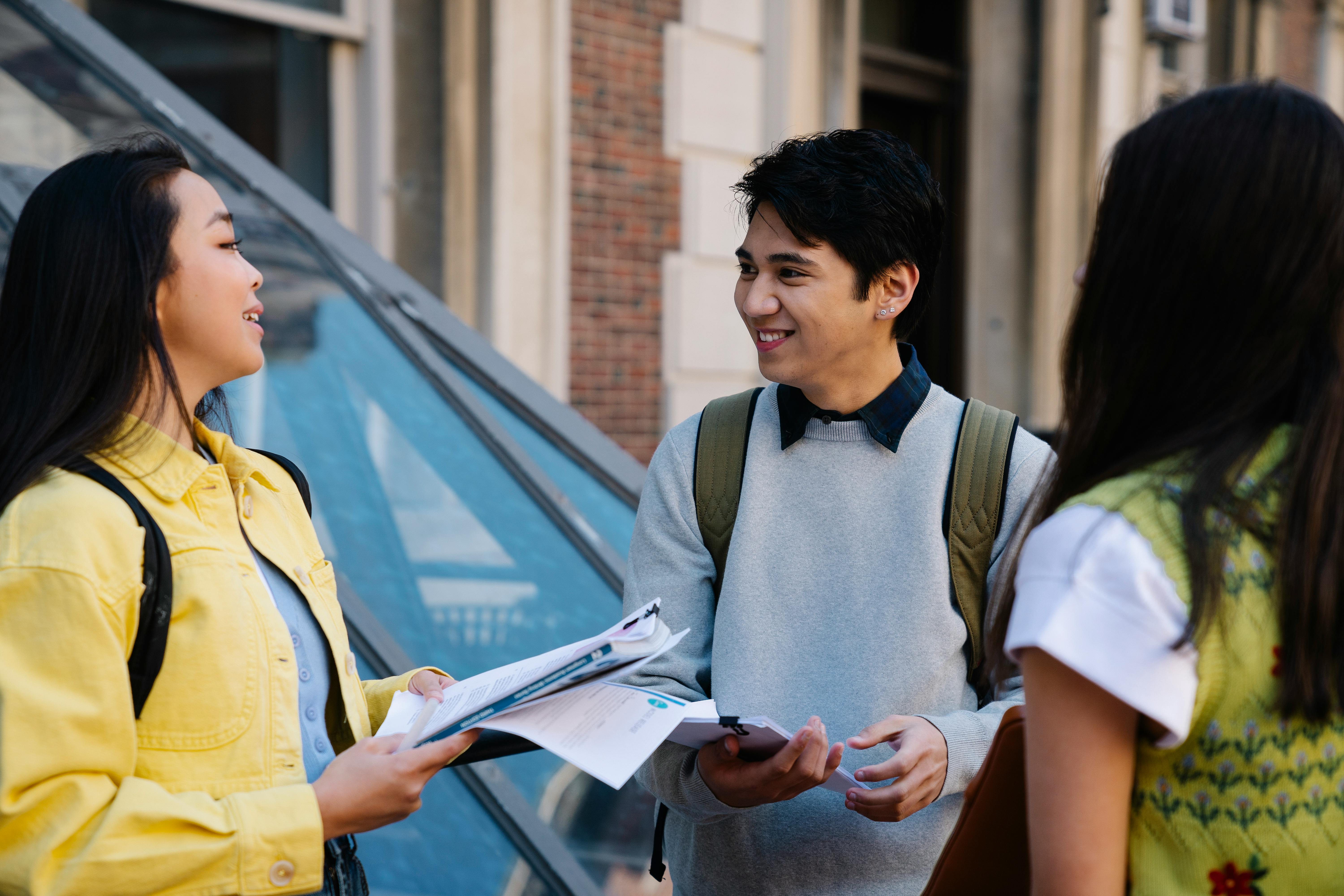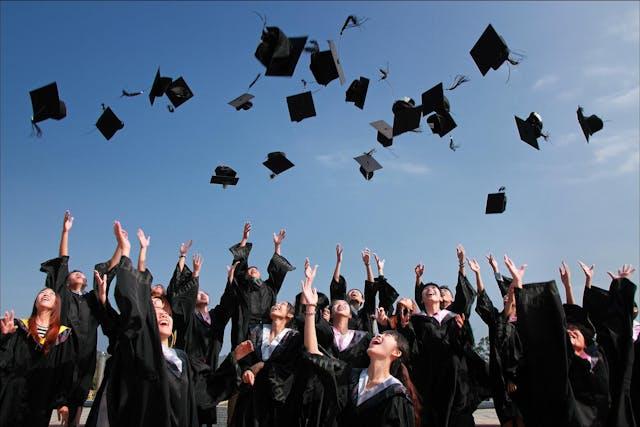10-year-old Fil-Am girl waiting for match
SAN BRUNO—Not all people know that race and ethnicity is a major factor in finding a match for someone who badly needs it. According to Fion See of the Asian American Donor Program (AADP), there are only 37 percent of minorities registered as bone marrow donors in the National Marrow Registry. Within the 37 percent, only 7 percent are Asians.
“Among Asians, there are different ethnicity, such as Chinese, Filipino, South Asians, etc. Patients will mostly match with the donors that are in the same ethnic group,” said See. “Minorities have the misconception that bone marrow donation is painful and life threatening.”
See also added that people are not informed about the right donation process. AADP’s goal is to reach out to the community and create awareness about bone marrow donation, its process and be able to register more minorities in the registry.
Team Mailyna
One of the people who is waiting for a match is 10-year-old Mailayna, a Filipino, who was born with Beta Thalassemia Major, a lifelong blood disease that does not allow her to make any of her own red blood cells. Because of this, she has daily medication and is required to receive blood transfusions every three weeks.
Although Mailyna has been approved to receive a bone marrow transplant, her best chance of finding a match would be from an individual who is also Filipino or Asian descent. Patients like her will mostly match with a donor within the same ethnic group.
Patients who have received a bone marrow transplant have to be carefully monitored by doctors, especially during the first 100 days. They are at risk for complications and the transplant team can take steps to prevent some these problems. “Each patient’s road to recovery is different,” See explained and continued, “For example a patient who had 15 rounds of chemotherapy before the transplant might have damaged organs. This might lead to other complications that is not related to the transplant itself.”
However, being able to find a match can make a lot of difference for a patient’s life. With this in mind, See again emphasized how safe and easy it is to register, and possibly donate.
“The donation process are not risky and painful as what most people think. When donors are a potential match, they will go through blood test and physical test to see if they’re healthy enough and a perfect match to the patient,” she said. “Donors would experience minimal discomfort after the donation.”
There are two types of donation process: (1) PBSC donation—which 75 percent will go through, and (2) Marrow collection—which 25 percent of the donors will go through.
AADP also hosts over 400 donor drives in the community to increase the awareness of marrow donation. A lot of donors also register during patient campaigns.
Those who are eligible should be between 18-44 years old and should have good general health. After completing a consent form, they will have to perform a cheek swab. They should also be committed to donating, should they be found a match with a patient.
AADP will have a donor drive on Saturday, Sept. 28, at St. Jerome Fiesta; 2305 S White Road, San Jose, CA 95248 from 1pm to 3:30pm.
For more information on the Asian American Donor Program, or how to register to be a bone marrow donor, log on to www.aadp.org or e-mail info@aadp.org. You can also call 1-800-59-DONOR.
(www.asianjournal.com)
(San Francisco September 27, 2013 Sec A pg.1)


